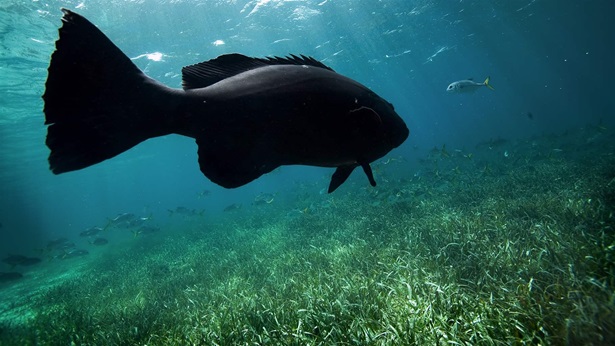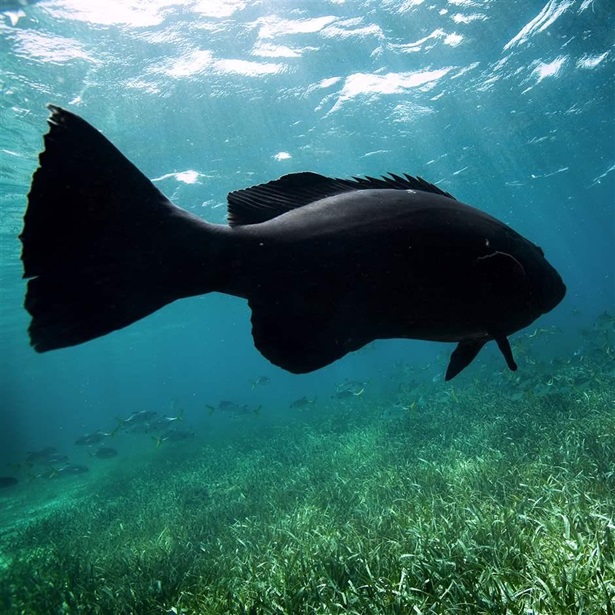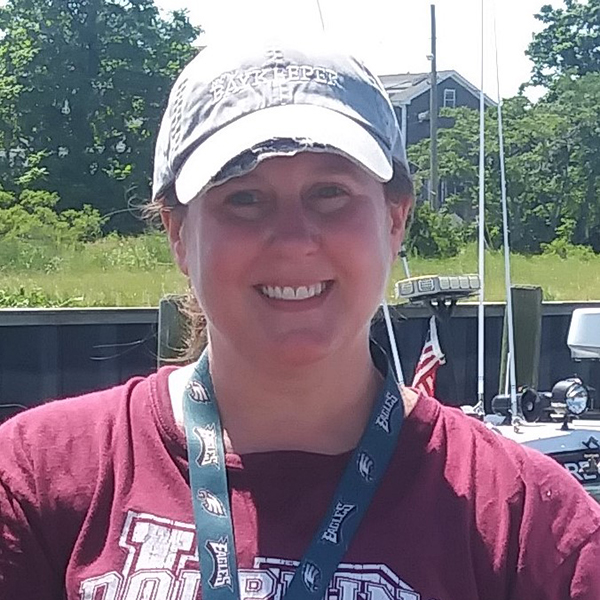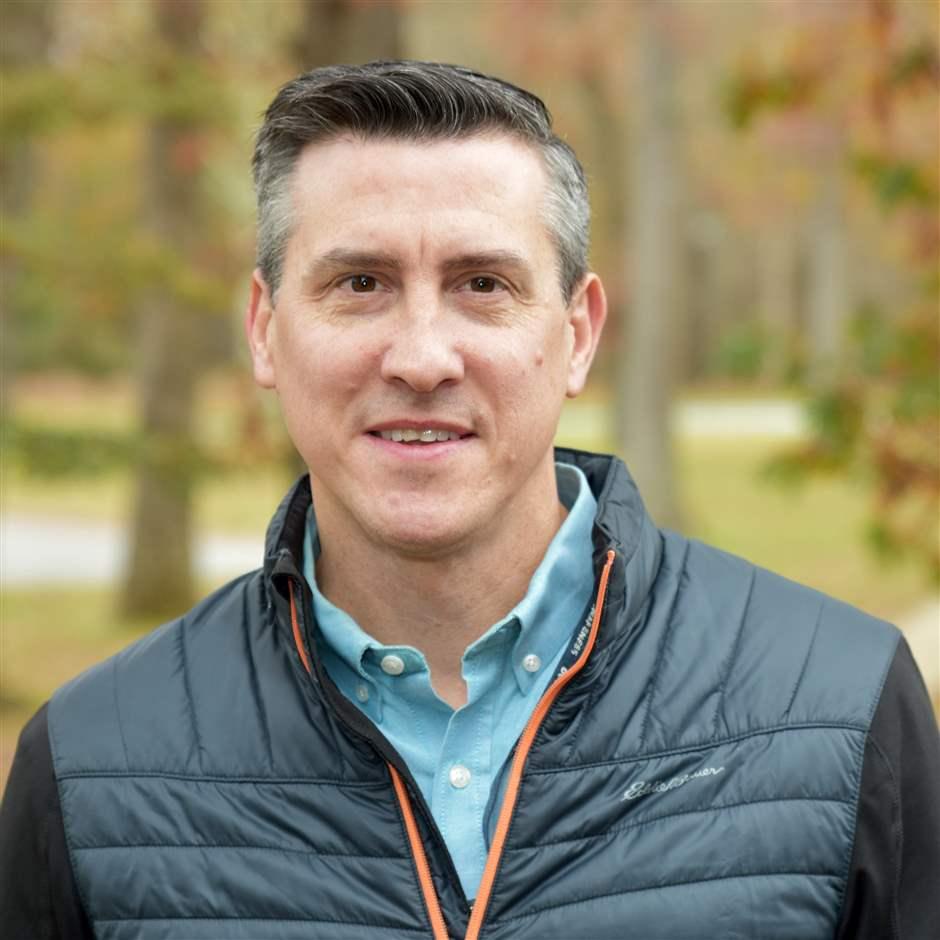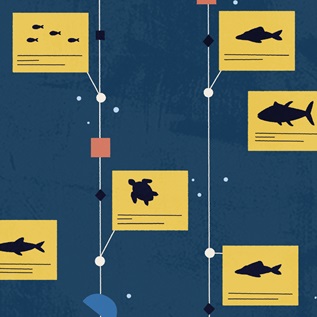U.S. Navy Recruits Oysters to Help Meet Its Mission
Partnership with NY/NJ Baykeeper seeds reefs that benefit water, habitat, and naval weapons station
The coastal waters of New Jersey were once full of oyster reefs. But during the 1900s, overharvesting, water pollution, and habitat destruction steadily decimated these habitats, leaving only a small fraction intact. NY/NJ Baykeeper, a nonprofit organization and partner of The Pew Charitable Trusts, is working to restore native oysters to the Hudson-Raritan Estuary to improve water quality, create habitat for other marine organisms, and provide shoreline protection from storms.
In northern New Jersey’s Raritan Bay, NY/NJ Baykeeper and Naval Weapons Station Earle are working together on an innovative project to restore oysters in the waters of the base and study how this natural barrier can protect the waterfront facility. To learn more, Pew spoke with Eric Helms, environmental division director for the naval weapons station in Colts Neck, and Meredith Comi, restoration program director for NY/NJ Baykeeper.
Q: Take us through the steps for restoring oysters in this project.
Comi: First we fill the outdoor aquaculture tanks at the naval base with oyster castles—large, 12-inch-by-12-inch concrete blocks that fit together—and then we add the oyster larvae we’ve purchased, which settle on the castles within about 24 hours. For the next month, we feed the baby oysters algae and monitor water quality in the tanks. Then we move the oyster castles to the living shoreline, where the oysters will live out the rest of their days on the bay bottom.
Q: How did Naval Weapons Station Earle and NY/NJ Baykeeper become partners in restoring oysters?
Helms: Baykeeper had reefs in the bay near our pier, but in 2010 they learned that the New Jersey Department of Environmental Protection was concerned about the risk oysters could be poached. Baykeeper reached out to me then about the possibility of doing something on our pier facility. We provide security already in this restricted area, so it made sense that reef structure could be set up with no risk of poaching or additional cost to the Navy.
Comi: The waters around the weapons station and throughout Raritan Bay have water quality issues so are closed to shellfish harvest. While our project was always about the ecological benefits of oysters in the water, not about oysters as food, and there was no evidence of poaching, DEP saw it as a risk. Earle was looking for ways to protect their shoreline, which oyster reefs can help with, so it was a perfect fit to move to Earle.
Q: How did Superstorm Sandy, which hit your area hard, affect this work?
Helms: We got final approvals for this project in 2011. Superstorm Sandy hit the next year, causing millions of dollars of infrastructure damage at our waterfront facilities. The damage drove home the obvious need for the Navy to adapt to storm events that are increasing in severity and frequency by having more sustainable facilities. A natural barrier like oyster reefs is beneficial to our mission and how we will operate in the future.
Comi: Superstorm Sandy destroyed Baykeeper’s oyster tanks at our previous aquaculture facility in Highlands and the area around the pier. It was clear that areas with softer edges—like ones that had dunes—fared better than areas with bulkheads, seawalls, and traditional types of hard structures you see in urban areas. Living through Sandy made oyster reef restoration an even higher priority.
Q: What have been the benefits of restoring oysters here?
Comi: Oysters are these powerhouse little filters, sucking in water around them, taking what they need for food, and cleaning the water of sediment and pollutants. There are also other benefits, like the habitat that oyster reefs create and shoreline protection. When oysters grow and settle on top of each other, they create three-dimensional structures that provide refuge and protection. They create an offshore speed bump that absorbs energy from storms and provides protection from everyday coastal erosion caused by high-energy systems.
Helms: For us, it’s a small-scale demonstration that these natural barriers can be established to fortify our waterfront facilities in our area of the bay, which is one piece of the puzzle to sustain the Navy’s mission. This project also shows how we can work with organizations outside the Department of Defense to accomplish a common goal.
Q: How have the oysters you’ve planted off the base been doing?
Comi: Phenomenally. It’s been a great season, probably our most successful year yet. When we put the oysters into the bay in July, they were tiny: about 3 millimeters. They grew to about 15 millimeters by August, and 20 to 30 millimeters by September. They look like mini reefs out there! So far, we’ve planted about a million oysters on 600 oyster castles. We are seeing an increase in species diversity in and on the reef, including juvenile fish, indicating the living shoreline is providing homes, refuge, and areas for fish to reproduce. Our original goal was to see if oysters placed in this location were healthy enough to live; our next goal was to see if they were healthy enough to reproduce. And we have started to see evidence of natural set—oysters reproducing, with baby oysters landing on top of what’s there and staying.
Q: What message do you have for others in the field thinking about restoration projects like this?
Helms: Getting buy-in through the chain of command was mostly about explaining what the project is and what the benefit is for the Navy. Since then, the program has grown, and so has support of it. The takeaway is that opportunities exist to work with nongovernmental organizations to support these research projects—which can also benefit the sustainability of the facility with little or no cost to the mission budget.
Comi: The Hudson-Raritan Estuary is in a very urban area that requires a different approach than other estuaries do. This is a small pilot project, but finding what works in these waters can be scaled up and replicated in other areas with similar conditions.
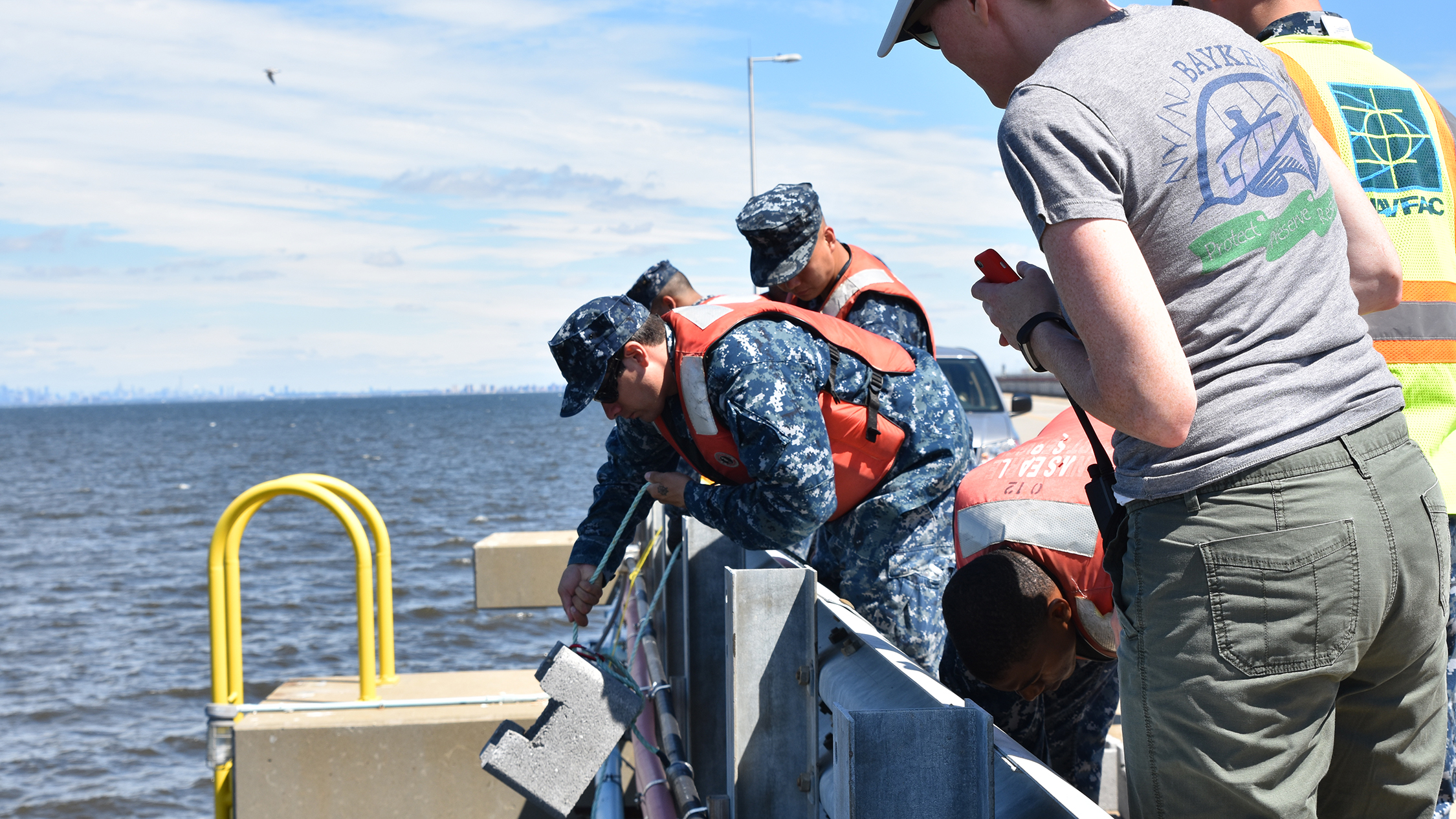
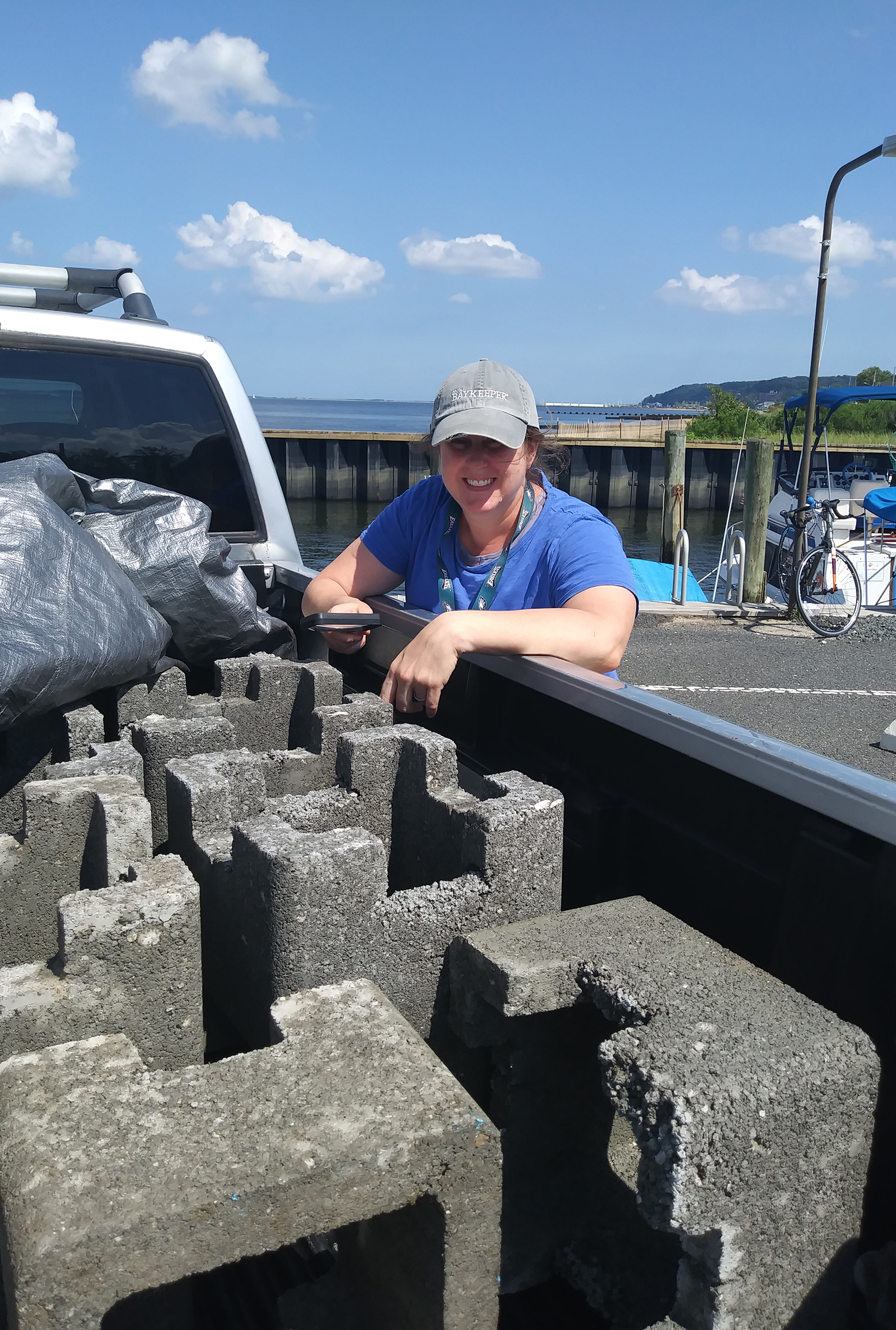
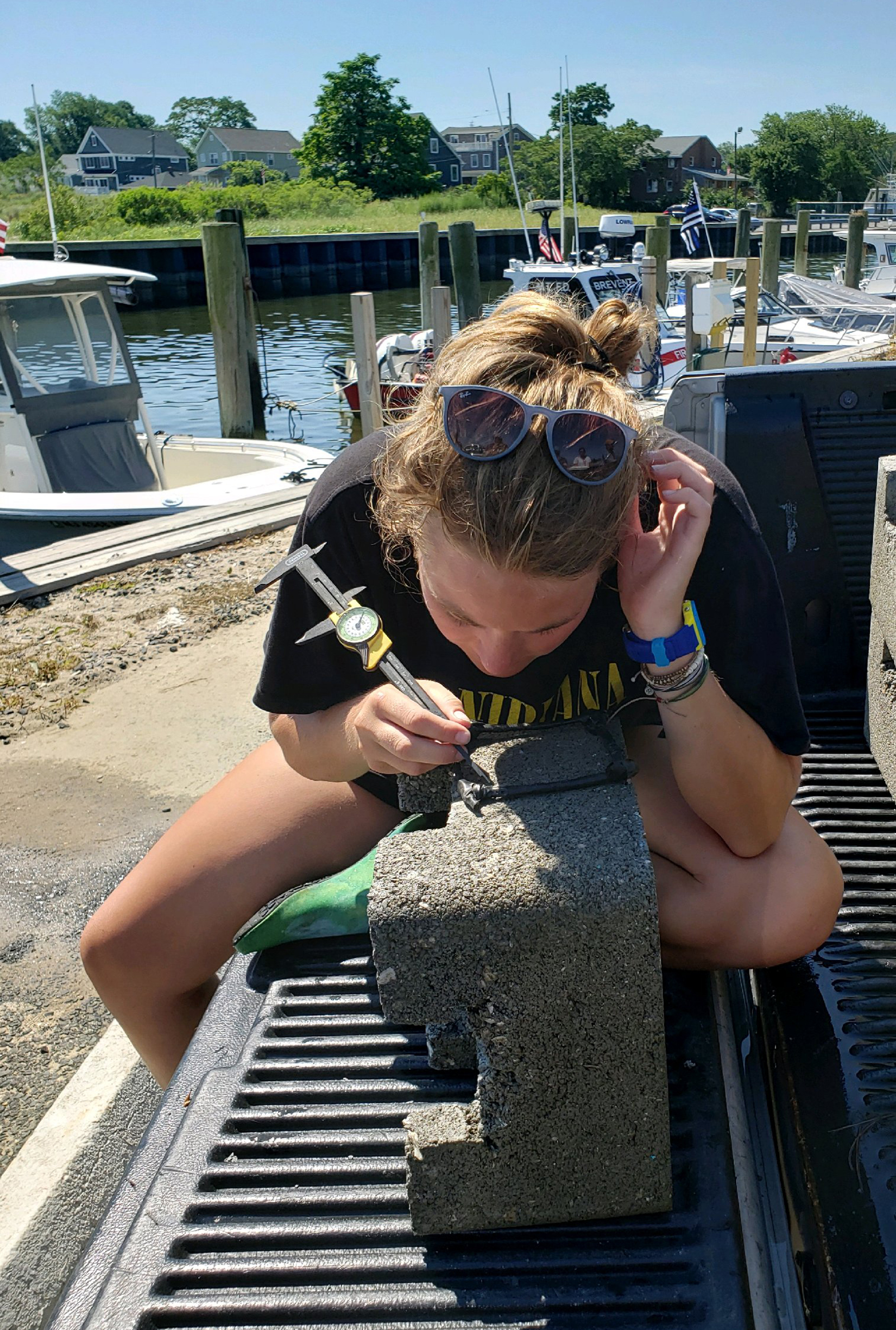
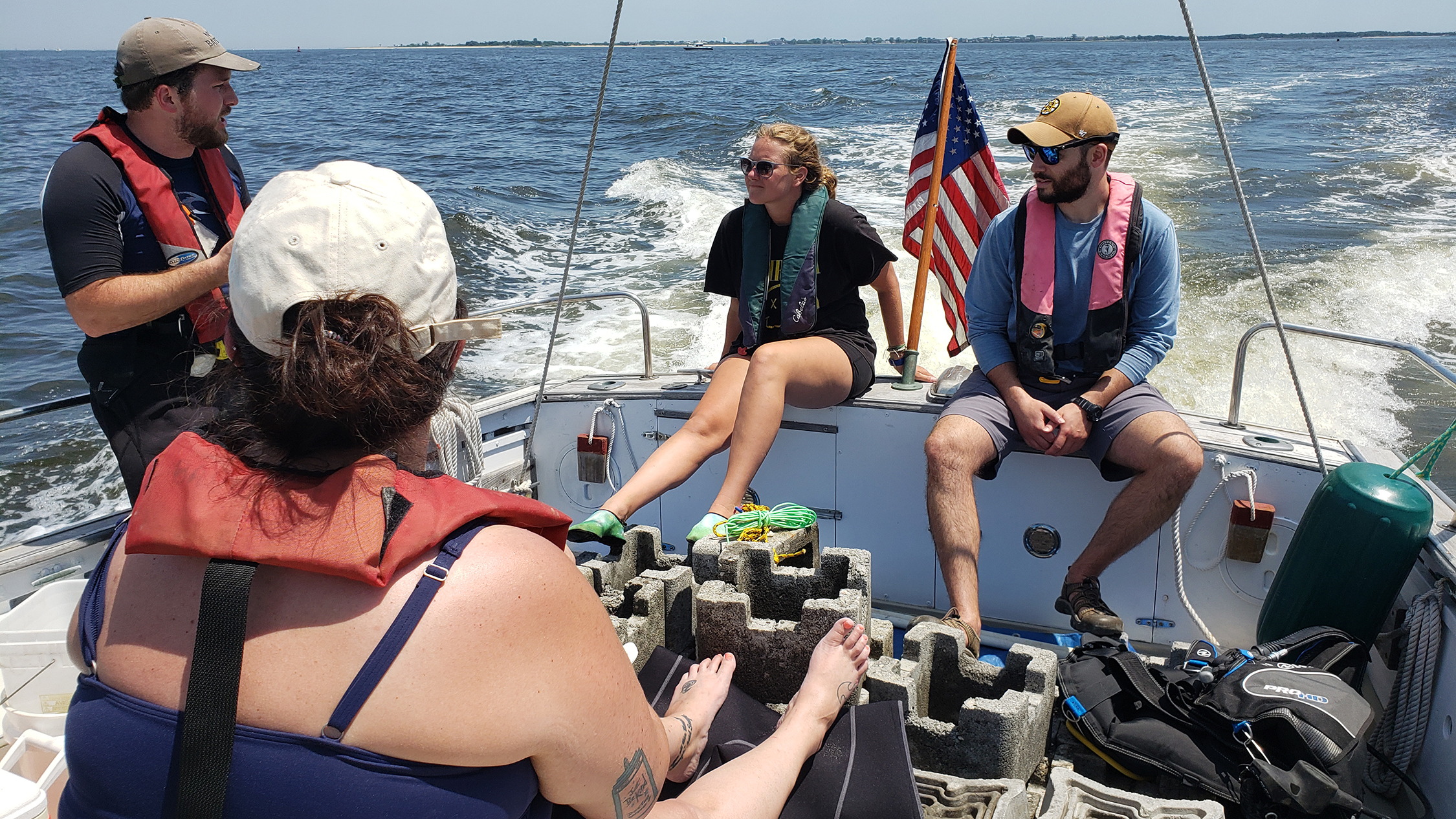
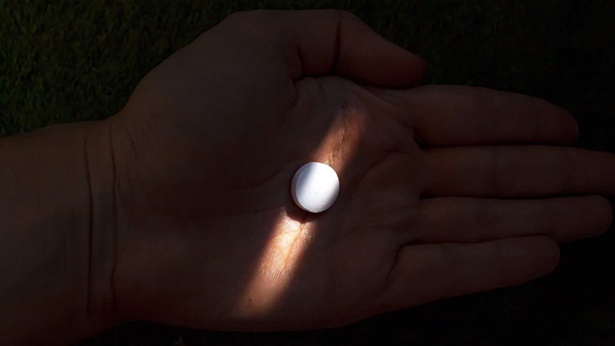
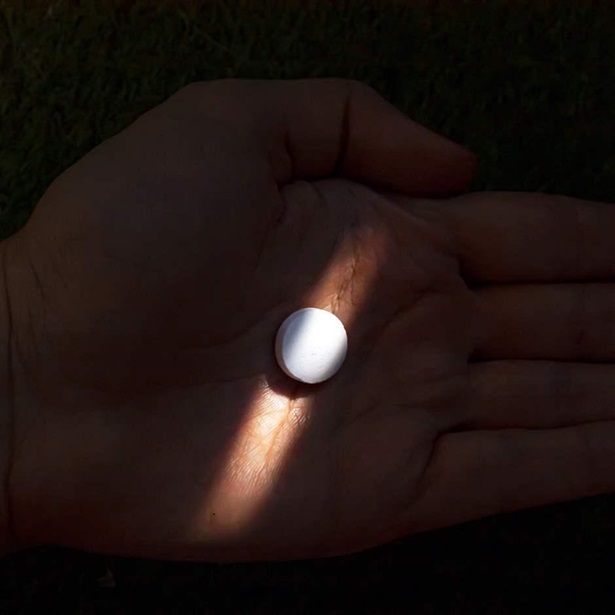
America’s Overdose Crisis
Sign up for our five-email course explaining the overdose crisis in America, the state of treatment access, and ways to improve care
Sign up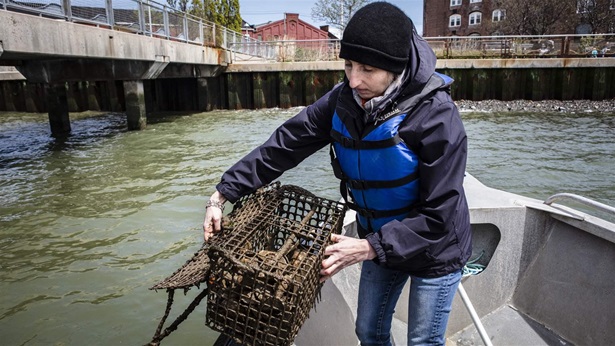
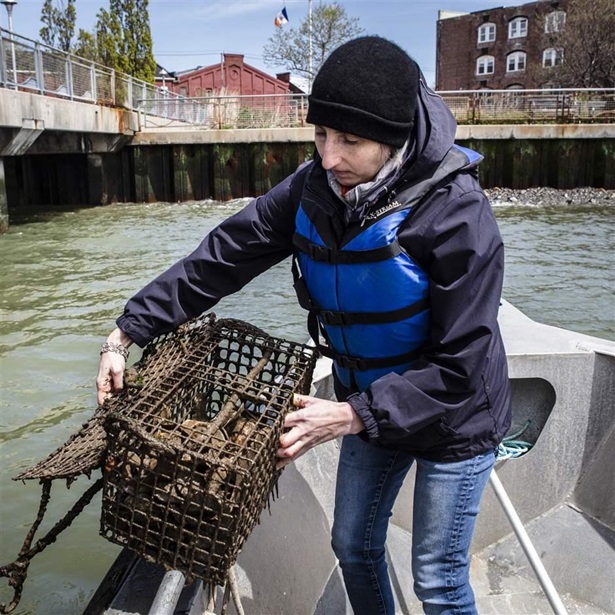
How Restoring Oysters Can Make New York Harbor ‘the Thriving Ecosystem It Once Was’
